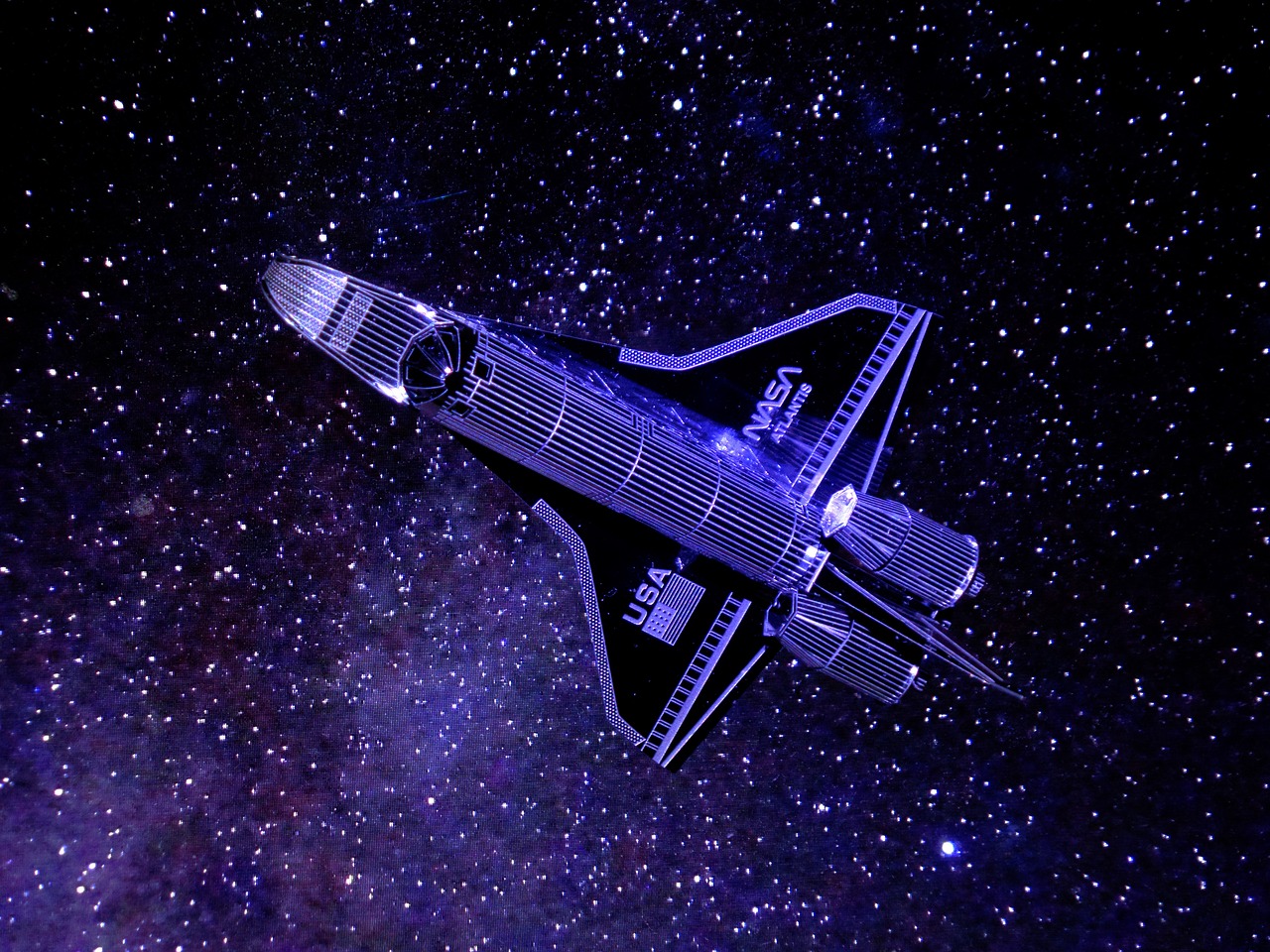The United States Space Force is set to take the earthly conflicts to new heights with its mission Delta 9 under Space Operations Command (SPoC) tasked with performing orbital warfare.
The 6th independent U.S. military service branch shared in a social media post the large variety of missions that Space Operations Command will undertake in its units called Deltas.
Now is the time for a military branch with a clear and singular focus on space.
Space Force protects this frontier.
The Sky is not the limit.#SemperSupra pic.twitter.com/TX3em84O0a— United States Space Force (@SpaceForceDoD) October 28, 2020
Check out how SpOC is organized and stay tuned over the next few weeks as we showcase the Space Warfighters that make us lean and lethal. #BuildingtheSpaceForce #SpOC #USSF pic.twitter.com/gZ1yCdwLeS
— ussfspoc (@ussfspoc) October 24, 2020
The nine units of SPoC are Star Delta for space training and readiness; Space Delta 2 for space domain awareness; Space Delta 3 for space electronic warfare; Space Delta 4 for missile warning; Space Delta 5 for command and control; Space Delta 6 for cyberspace operations; Space Delta 7 for intelligence surveillance and reconnaissance; Space Delta 8 for satellite communication and navigational warfare; and Space Delta 9 for orbital warfare.
Of the nine deltas, Space Delta 9, tasked with performing a mission orbital warfare, remains most intriguing. As per the official website, this includes keeping an eye out for potentially hostile activity in space, as well as deterring those threats and even potentially defeating them.
As per The Warzone, the command unit “publicly provides support primarily through various space-based surveillance and communications systems, but, interestingly, it is also responsible for overseeing the operations of the experimental X-37B mini space shuttle, the exact mission, and capabilities of which remain obscure”.

The infographic on Space Force’s tweet describes the unit’s operation as “conducts protect and defends operations from space and provides response options to deter and defeat adversary threats in space”.
As per the unit’s website: “The mission of Delta 9 is to prepare, present, and project assigned and attached forces for the purpose of conducting protect and defend operations and providing national decision authorities with response options to deter and, when necessary, defeat orbital threats”.
The unit, which came into existence in July and was previously known as the Air Force’s 750th Operations Group, has four subordinate units: the 1st and 3rd Space Operations Squadrons, the 750th Operations Support Squadron, and Space Delta 9, Detachment 1.
While the first three subunits majorly perform surveillance, provide secure high-rate data along with providing training and readiness support, Space Delta 9, Detachment 1 oversees the operations of X-37B.
The discussion around the secretive space plane has speculated that “it might carry, or at least be used to test, space-based weapons, including directed energy systems, such as laser or high-power microwaves,” as per The Warzone report.
The details of X-37B’s mission in space are unknown. Apart from the US’ existing counter-space capabilities, in 2015, then U.S. Air Force General and then-head of Air Force Space Command Staff John Hyten, had said that his service had more ways to fight in space beyond just maneuvering friendly satellites out of harm’s way and jamming hostile ones in an interview with CBS News’ “60 Minutes”.
In 2019, then-Secretary of the Air Force Heather Wilson had said that “there may come a point where we demonstrate some of our capabilities so that our adversaries understand they cannot deny us the use of space without consequence.”
Like the US, Russia and China are developing a host of other anti-satellite technologies including ground-based and air-launched interceptors and directed energy weapons.
While some of the US’ satellites are termed “killer satellites” for their capability to destroy or capture data from other satellites in space, the US has been hypocritical and bold in criticizing other countries for militarizing the space.
Earlier this year, after several failed attempts, Iran’s Islamic Revolutionary Guard Corps announced a successful launch of what it described as a military reconnaissance satellite. Iran along with Russia (tested a missile program designed to destroy satellites in April) and India (launched an anti-satellite weapon in March 2019) has joined the list of countries for launching a growing list of weapons and military systems in orbit.
In a new report released in September, the Pentagon had claimed that China is progressing with the development of missiles and electronic weapons that could target satellites in low and high orbits.
Defense Department’s annual report to Congress on China’s military capabilities states Chinese military strategists regard the ability to use space-based systems and to deny them to adversaries as central to modern warfare.
Every time any other country conducts a mission testing counter space capabilities or anti-satellite weapons, the US not only takes a lead in criticizing them but the National Aeronautics and Space Administration (NASA) wakes up to remind of the harms of such operations, which are also being conducted by the US itself.




